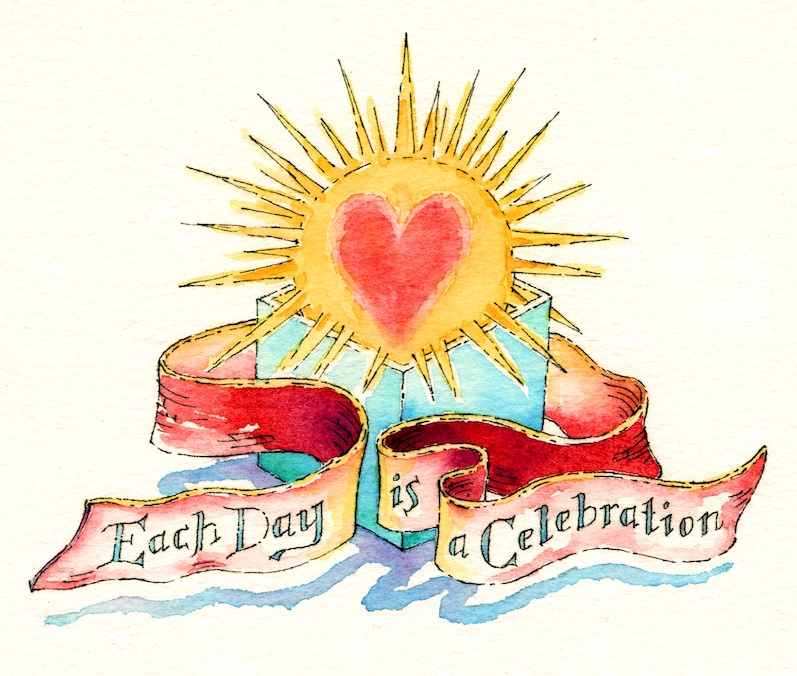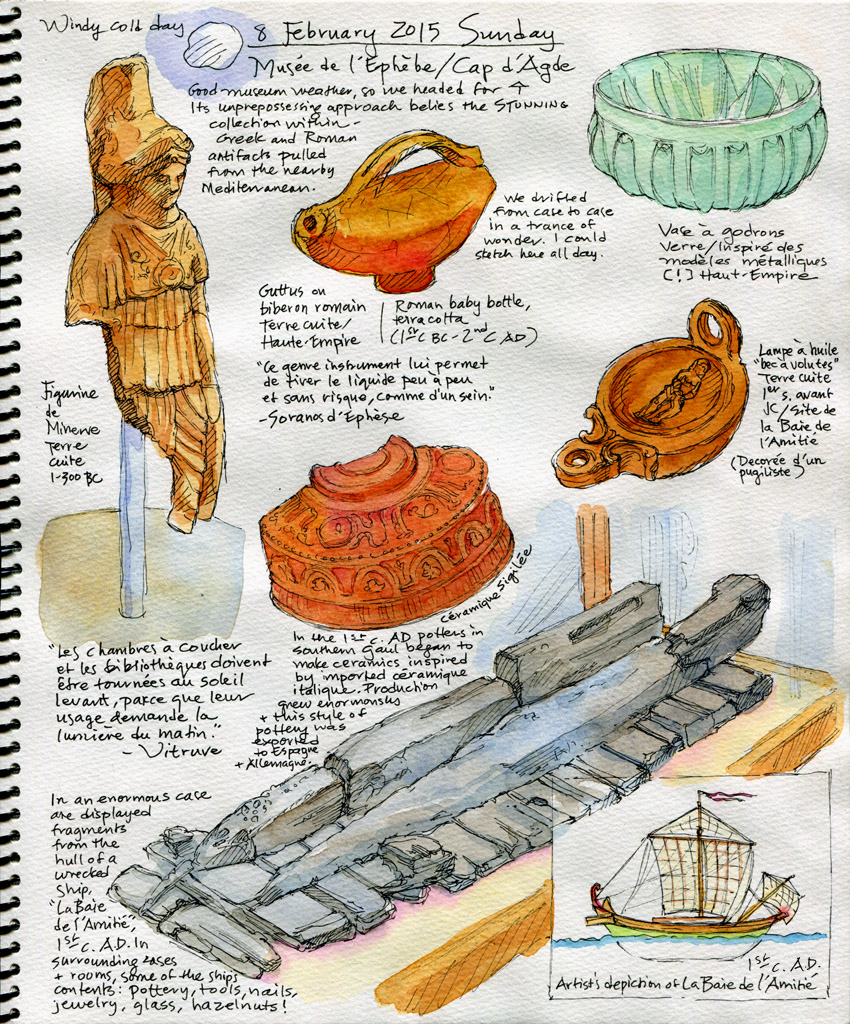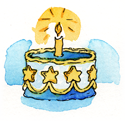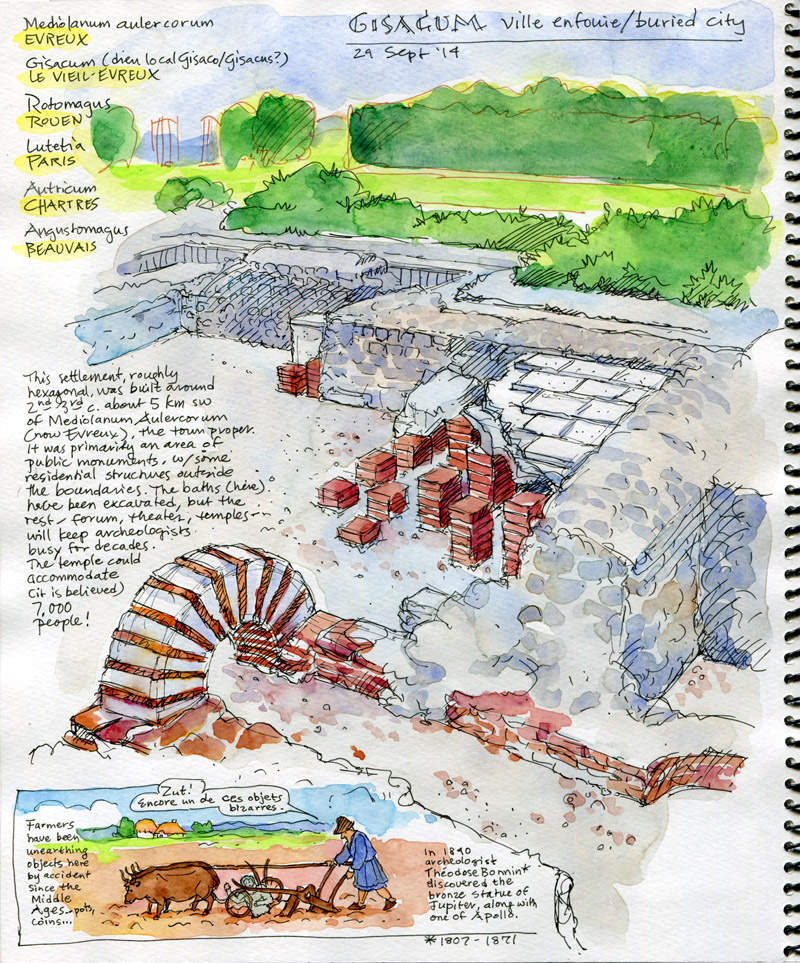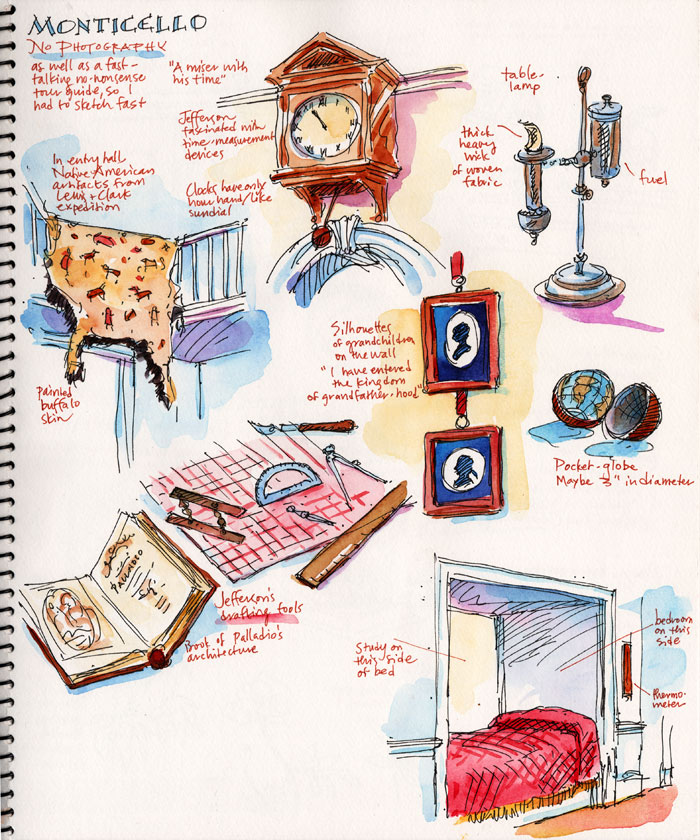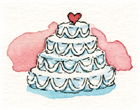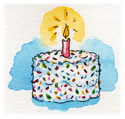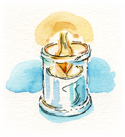
Tag: Museum
Staunton, Part 2: History and Pastry
Glenstone in December
Excursion to the grounds of Glenstone on a temptingly mild December day. Must return in BAD weather to focus on the galleries.
Bercy/Bibliothèque Nationale
Off to explore a quartier which has greatly changed since we lived in Paris. The formerly industrial neighborhood is now home to a cultural-educational-flower-filled park edged with spiffy apartment towers, and the 19th century stone wine warehouses now accommodate shops and restaurants. It’s an easy walk across the Seine to the four controversial towering volumes of the Bibliothèque Nationale de France, today packed with students cramming for the Bac.
Ancient Treasures from the Sea
Gaulish, Greek, and Roman civilizations intersected in this region, as we were reminded on a rainy Sunday spent among their sculpture, tools, and pottery, rescued by 20th-century divers from two-thousand-year-old Mediterranean shipwrecks, and now installed in the stunning Musée de l’Éphèbe in Cap d’Agde.
Matthew
Atalante
Roman Baths, Gisacum
AMusement for All
On this day in 1773 a committee of the Charlestown (South Carolina) Library Society established the first public museum in the United States. Except that there wasn’t yet a United States. South Carolina was still a British colony, and the Charlestown Library Society’s inspiration for its project was the British Museum, the world’s first national public museum, founded in 1753. But by the time the doors of the new museum opened to the public in 1824, South Carolina was, and has mostly remained, part of the U.S.A. To this day you can visit and admire its displays of local natural history specimens, which the [now] Charleston Museum has continued to acquire over the centuries, along with South Carolina memorabilia.
Collecting is undoubtedly a natural human impulse, ever since our hairy ancestors stored up grain for the winter. Once basic necessities were taken care of, human beings with leisure time and/or disposable income continued for millennia to assemble various collections, from seashells to sapphires, but they were primarily for private enjoyment, profit, or study. Royalty and the well-to-do collected, and even commissioned, statuary, paintings, and elaborate furnishings for their palaces. Scholars created and collected manuscripts to share with other scholars. Scientists and amateurs alike collected unusual plants, animals, fossils, and other natural specimens, increasingly so from the 18th century onward as human beings questioned assumptions about the origins of life, the earth and the universe.
But what we now call a Museum did not exist until rather recently. The word comes from the Mouseion at Alexandria, Egypt, which was not a collection of objects for perusal by curious passersby but rather a gathering place for scholars to share scientific and mathematical discoveries (option #2 above). If you were an educated Greek male living in the Mediterranean world in the 3rd century BC and possessed both scholarly interests and travel funds, off you went to Alexandria, which had by then replaced Athens as a cultural center. Euclid studied there. So did Archimedes. The Mouseion included the famous Library of Alexandria, which sought to collect works (or copies thereof) from all over the ancient world, and at its height boasted hundreds of thousands of papyrus scrolls. Eratosthenes served as one of its librarians.
The name Mouseion indicated an institution dedicated to the Muses, who are the nine daughters of Mnemosyne, goddess of memory. Each daughter embodies a different pursuit—Lyric Poetry, Tragedy, History, etc.—and is responsible for its nurture and inspiration. These are offspring to brag about at any parent gathering. “So, what are your daughters up to these days?” “Oh, they’re the Muses of Choral Poetry… Dance… Astronomy… .” References to the Muses abound in painting and literature, from Raphael to Moreau, Homer to Shakespeare.
We honor them still when we speak of Music, or when we cross the threshold of one of the world’s thousands of Museums, which today often still serve as centers for scholarly study, but in addition are open to ordinary citizens like you and me and contain fabulous collections of every imaginable kind of art, artifact, and animal, in every possible subject—science, history, transportation, sports, toys, bananas (I kid you not)—where we can open our eyes and our minds in wonder. And even get a slice of pizza and a postcard. Thank you, oh Muses.
This is a drawing of five of them, from my daughter’s homeschooling Ancient Greece main lesson block.
Living History
Fall is the time for farm field trips, to see the bounty of the season and learn how it was achieved. These sketches are from a trip to National Colonial Farm, an 18th century living history farm in Accokeek, Maryland, which sponsors a number of school programs for children in kindergarten through 6th grade, including homeschool groups. Our homeschoolers were a pretty savvy bunch, already intimately familiar with carding combs, rollaghs, hollowed gourd containers, dried herbs and the like, but they enjoyed the informative walking tour through the farm buildings, the wagon ride, and the opportunity to milk the cow (THAT we don’t have at home).
Glimpses of Monticello
Little Mountain
When Thomas Jefferson finally retired from public life to his beloved Monticello, a steady stream of visitors made its way up the hill to visit and pay homage. Debts led to the property’s sale upon his death in 1826, and the house fell into a sad state of disrepair. It was rescued at last by admirer Uriah P. Levy and his nephew Jefferson Monroe Levy and, later, the Monticello Foundation.
I wonder what Jefferson would make of the fact that the procession of admirers continues today, bearing digital cameras to record his gardens, his architectural innovations, his books and tools and inventions. None of us, however, is invited to stay for a month or so in one of the guest rooms. Unfortunately.
